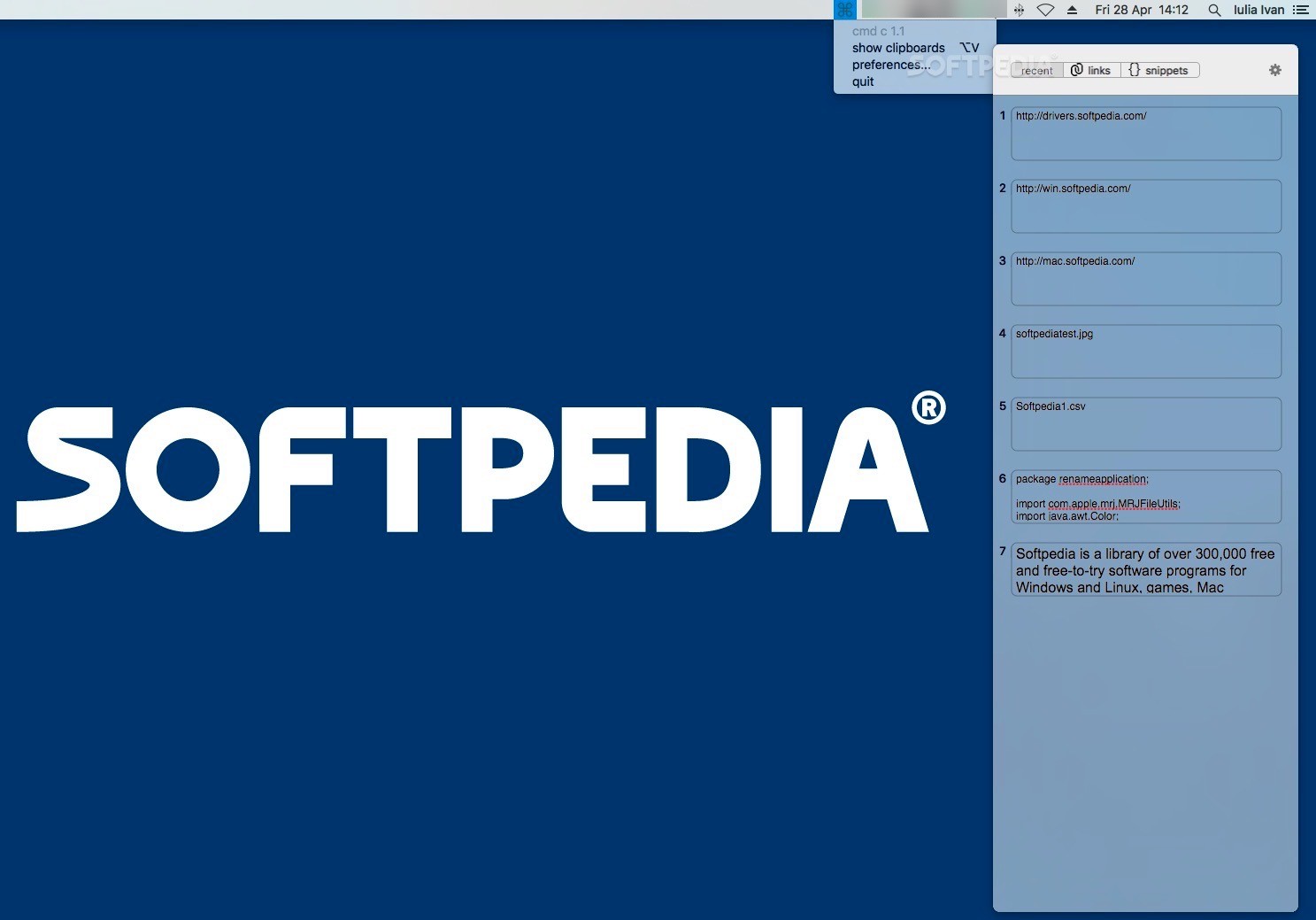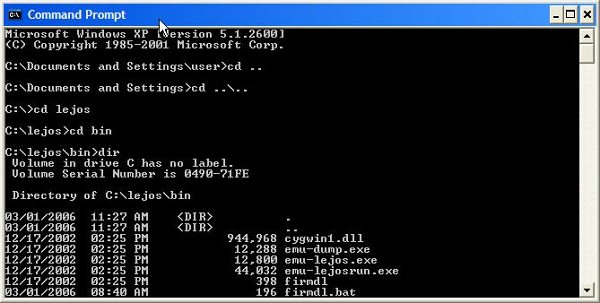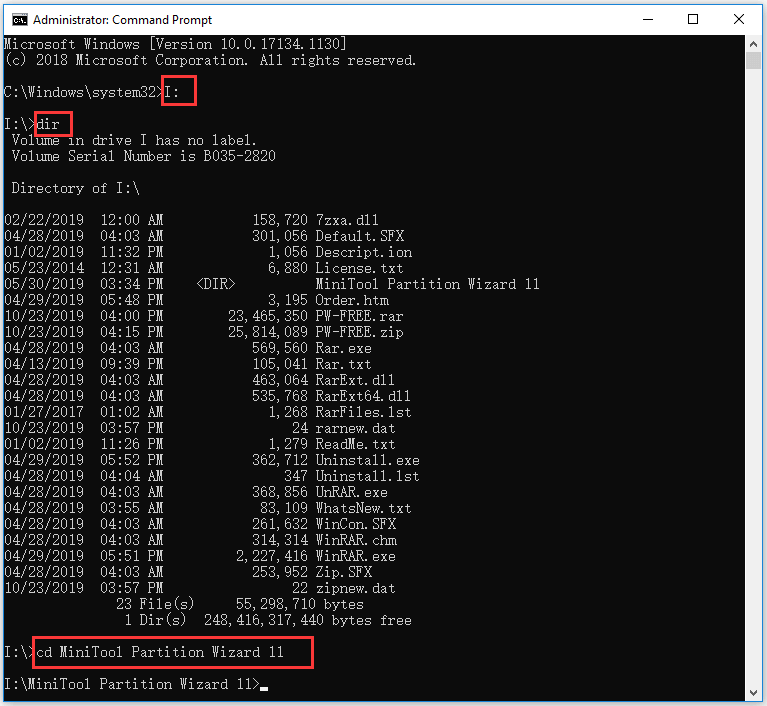

Windows 95, 98, and ME syntaxĭeletes one or more files. DEL file nameĭELETE file name file nameĭelete only operates in the system directories of the current Windows installation, removable media, the root directory of any hard disk partition, or the local installation sources.ĭel and delete do not support replaceable parameters ( wildcards). Windows 2000 and Windows XP Recovery Console syntaxĭeletes one file.


Prompts for confirmation before deleting each file.ĭelete specified files from all subdirectories. If a directory is specified, all files in the directory are deleted. Specifies a list of one or more files or directories. DEL attributes]] namesĮRASE attributes]] names names Windows 2000, Windows XP, and later syntaxĭeletes one or more files. Syntax DEL options /A: fileattributes filestodelete Key filestodelete : A filename or a list of files, may include wildcards. Windows 2000 and Windows XP Recovery Console syntax. (win 7, server 2003.Additionally the option forward slash should be be preceded by a space character. First of all options are preceded with forward slashes, not hyphens. Windows 2000, Windows XP, and later syntax. The usage information for both your forfiles command and your del command are available at the Command Prompt, via forfiles / and del / respectively.txt files located in the exercise-rm directory That’s all for today – thank you for learning with me! Before you go, here are some exercises for you. For that reason, you may need to use rm with the -i flag so that you can be prompted for confirmation. 1) Using ForFiles to delete files over 7 days old: C:> forfiles /p 'C:sourcefolder' /s /m.

This works: Code: Dim Loc As String Loc 'C:\MyFolder\abcdef. The rm command is used to delete one or more files located in the current directory – this operation is permanent. del PATH For example, to delete a file named MyFile.txt placed on your desktop, use the following command replacing username with your own username: del 'C:UsersusernameDesktopMyFile. 1 I want to use the cmd /c del command to delete a file, instead of Kill.
Cmd c del how to#
Let’s do some exercises so that you can better understand how to use this character. We can do even better using the wildcard character (*). It will remove all the files older than 10. Then, enter this command: ForFiles /p folder-path /s /d -10 /c cmd /c del /q file. Now, you won’t see them in the list of files. First, open the Command Prompt with administrator rights. To make sure you’ve successfully deleted all the files above, type ls.


 0 kommentar(er)
0 kommentar(er)
